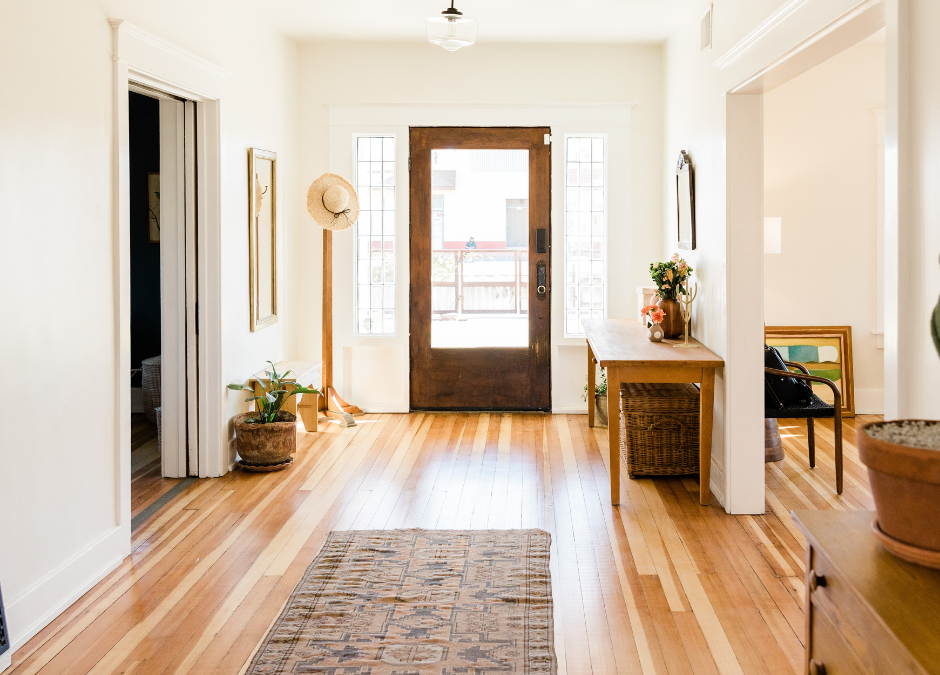Buying a home through auction can be an appealing choice due to its speed and affordability. Unlike traditional property transactions, auctions cut out estate agents and eliminate the risk of gazumping, where another buyer outbids you after an initial agreement.
Sellers often go to great lengths to present their homes at their best, sometimes even using tricks like freshly brewed coffee or warm bread to appeal to potential buyers. While creating a pleasant atmosphere can help, it is not a guaranteed route to a higher price. What matters more is the overall marketing and presentation strategy behind the sale.
Here is a guide outlining what to do, and what to avoid when preparing your home to go on the market.
Redecoration: Not Always Necessary.
Repainting your home right before selling might seem like a clever idea, especially if the décor looks tired. But unless it is necessary, it may not be worth the effort or cost—after all, the new owners will want to choose their own colours. If you do decide to freshen things up, stick to neutral tones like white or off-white to keep it broadly appealing.
Keep Your Space Clear and Open.
Clutter makes rooms feel smaller, and that is the last impression you want to give potential buyers. Remove things like children’s toys, stacks of newspapers, and even highly personal artwork or posters. These not only distract from the space but might also clash with buyers’ tastes. If taking items off the walls leaves obvious fading or marks, it may be better to leave them in place until you can redecorate.
Make Sure to Keep Things Neat.
It is not just the inside that counts buyers notice the outside too! A scruffy garden or untidy front step can be a real deal-breaker. So, take a little time to mow the lawn and tidy up both indoors and out. A neat exterior helps set the tone before anyone even walks through the door.
There is no need to aim for perfection when preparing your home for viewings. Making everything look too pristine can sometimes backfire, as it may make buyers wonder what flaws are being covered up. A home that looks naturally lived-in, but tidy tends to feel more genuine and trustworthy.
Avoiding a Survey Before Selling.
A pre-sale building survey might feel like an effective way to get ahead of the game, but it comes with a catch. If the survey turns up any faults, you are legally obliged to share those findings with interested buyers, which could influence their decision or offer.
Sellers must now provide full transparency on matters like structural problems, neighbour disputes, flooding history, and pest infestations, including invasive species like Japanese Knotweed. If any of these apply to your property and could affect a buyer financially, you will have to either fix the issue beforehand or accept that it may reduce your home’s market value.
This requirement falls under the Consumer Protection from Unfair Trading Regulations, which came into effect in 2013.
The Best Time to Get a Property Survey.
A property survey can be arranged at any time, regardless of whether you are planning to sell. If you are concerned about the condition of your home such as visible cracks in the walls or signs of damp or subsidence, it may be wise to commission a report for peace of mind and to address any issues early.
The best time to get a survey done is when you are buying a home, not selling. It can save you money by highlighting issues that might affect the price, and it gives you confidence that you are making a sound investment before you settle in.
Get in Touch.
At S Jones Surveying, we offer detailed and neutral building surveys feel free to reach out to us anytime for assistance.

